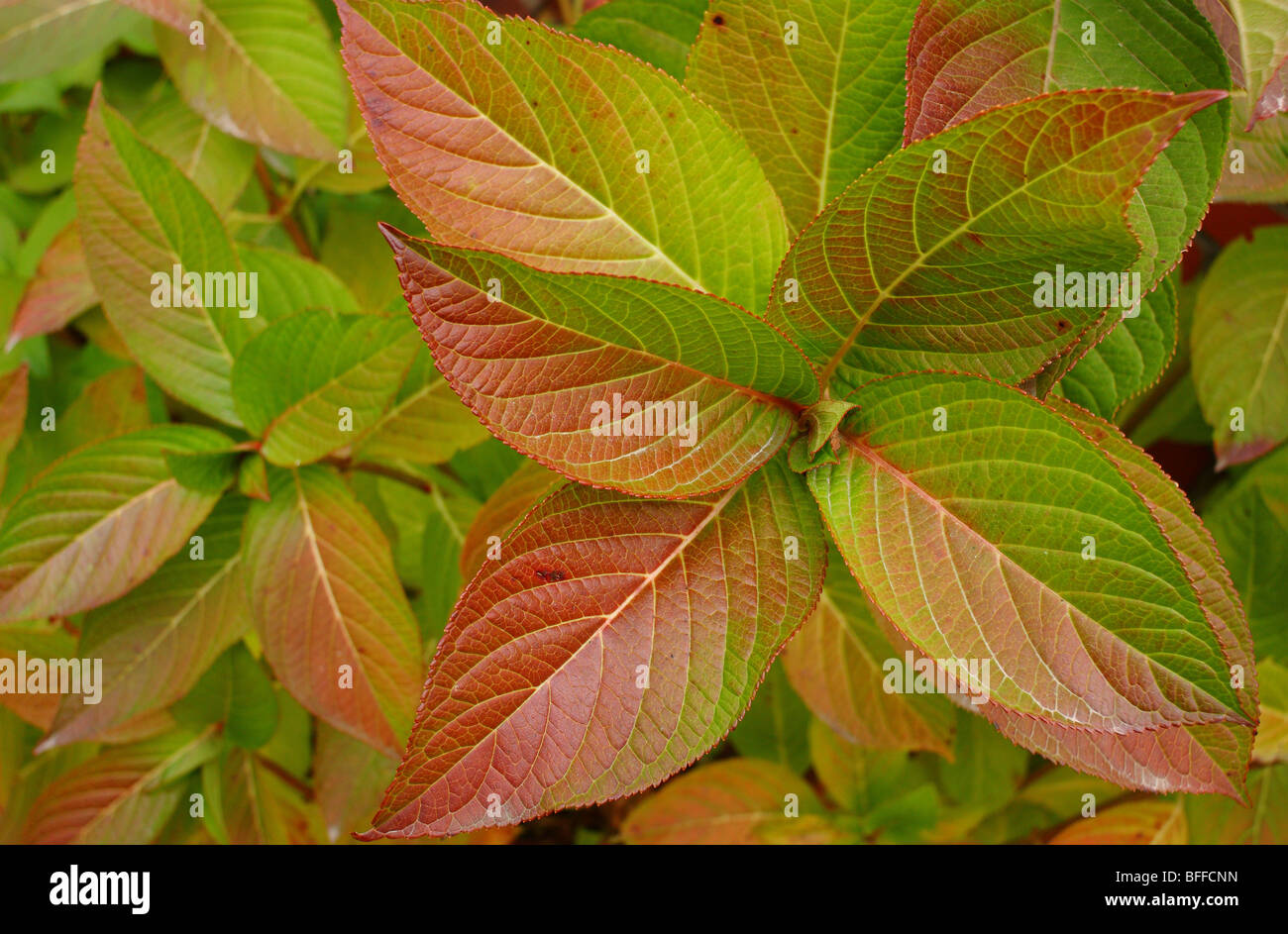6 Simple Techniques For Hydrangea Leaves Turning Yellow
Wiki Article
The Single Strategy To Use For Hydrangea Leaves Turning Yellow
Table of ContentsOur Hydrangea Leaves Turning Yellow PDFsThe Of Hydrangea Leaves Turning YellowHydrangea Leaves Turning Yellow for BeginnersNot known Facts About Hydrangea Leaves Turning YellowAll About Hydrangea Leaves Turning Yellow
As you seen in the area above this can be triggered by underwatering. However, overwatering can additionally create dehydration, as counterproductive and unusual as that might seem (Hydrangea Leaves Turning Yellow). Overwatering can choke off oxygen to the origins, which your houseplant needs to make it through. The wet water-soaked dirt will certainly also mean plant origins will begin to pass away as origin rot takes hold.Hence the plant becomes dried even though it is being in an abundance of water. Decaying roots will turn glossy and black with a mushy appearance and a deteriorating smell. The leaves of your hydrangea could diminish, and the ones that are still connected will certainly be yellowed or brownish and be mushy at the stem.

Without your treatment, those fallen leaves will promptly turn brown, after that black as they melt. Where you place your hydrangea matters a lot if you desire your plants to maintain its full depth of color and have appealingly environment-friendly leaves. SIf your hydrangea is an interior plant in your house then you will likely have an option of four window directions: north, southern, east, and west.
Not known Details About Hydrangea Leaves Turning Yellow
Hydrangea getting good light, Straight sunshine for hydrangeas is ideal in the early morning. When the afternoon sunlight strengthens, the straight light is as well scorching, so offer indirect light to partial color. Dappled shade is one more option. Allow me to clarify a few of these "light" terms. Direct light is the kind of light a plant gets when it sits straight in the sun.Spotted color means your hydrangeas have overhanging cover, such as a larger tree or plant. The sunlight comes through straight, but the cover of the bigger plant permits the sunshine in only occasionally through the openings in the branches or leaves. Hydrangeas can expand in straight sun as long as they are well sprinkled a watered typically.
Photosynthesis, as all of us understand, is crucial for plant survival, so chlorosis requirements to be treated swiftly. Hydrangea Leaves Turning Yellow. While chlorosis can be triggered by various other nutrient deficiencies, it is most commonly an iron shortage. In the complying with area you will find out just how to identify whether your plant has an iron shortage or another thing
Initially shows up on the older fallen leaves, yet the leaf blood vessels remain environment-friendly. While there is generally enough iron in natural dirt, hydrangeas typically battle to absorb enough of it.
More About Hydrangea Leaves Turning Yellow
The very best means to avoid iron deficiency-chlorosis in hydrangeas is to grow them in suitable ericaceous or acidic dirt. When growing in a bed, mix in some peat or reduced-peat ericaceous compost and inspect the p, H value annually. This is required because the garden compost mix around the plants will influence the p, H worth of the dirt over time and the p, H value might climb once again.It is only utilized on a commercial range, where a long term iron shortage would suggest considerable yield losses. The unique fertilisers for this are usually pricey and need to be applied in really exact dosages to avoid damage to the leaves. Foliar fertilisation is just effective for a brief period and must be used often read this or supplemented by normal iron fertilisation.
Input your search key phrases and press Enter.
We're appropriate in the middle of our late-blooming hydrangea season right here, so I thought I would certainly share a pointer for this particular kind of hydrangea that I found truly interesting. A great deal of people have a comparable concern with their panicle hydrangeas where they start to see the leaves transforming yellow and leaving at various parts of the season and it can be quite significant and pretty concerning because it can take place actually quickly on a bush that appears like it's otherwise truly healthy and balanced.
Hydrangea Leaves Turning Yellow Things To Know Before You Buy
I have actually shared it on Instagram prior to, however I understood I've never informed you concerning this in a real, complete post, so today I'm taking treatment of that. a knockout post When I claim that this uses to panicle hydrangeas, that means the type of hydrangeas that usually flower later on in summer, generally around August.:max_bytes(150000):strip_icc()/GettyImages-1124523833-9a1c821b5f094e148669f56b4b900f9f.jpg)
If you truly want to optimize blossoms, a (the middle number) will really help boost the number and size of your flowers. You need to see the number of newly-yellowed fallen leaves lower quite swiftly as soon as you offer your hydrangea the food it needs. The great information is that if you do you can find out more definitely nothing, the plant will certainly still be fine, it will just have a few less fallen leaves.
Courtenay is the author of the publication The Cleansing Ninja and has actually been featured in countless publications including Country Sampler Farmhouse Style, Better Houses and Gardens, Parents Publication, Real Simple, and Our Houses.
Rumored Buzz on Hydrangea Leaves Turning Yellow
The places create because of water decreases from rain or irrigation that rest on fallen leaves throughout warm and moist conditions. This is specifically true in big plant nurseries and residential or business landscapes that make use of overhead watering frequently. When making use of above watering it is best to water in early to mid morning so the sunlight can dry out the water from foliage.Report this wiki page